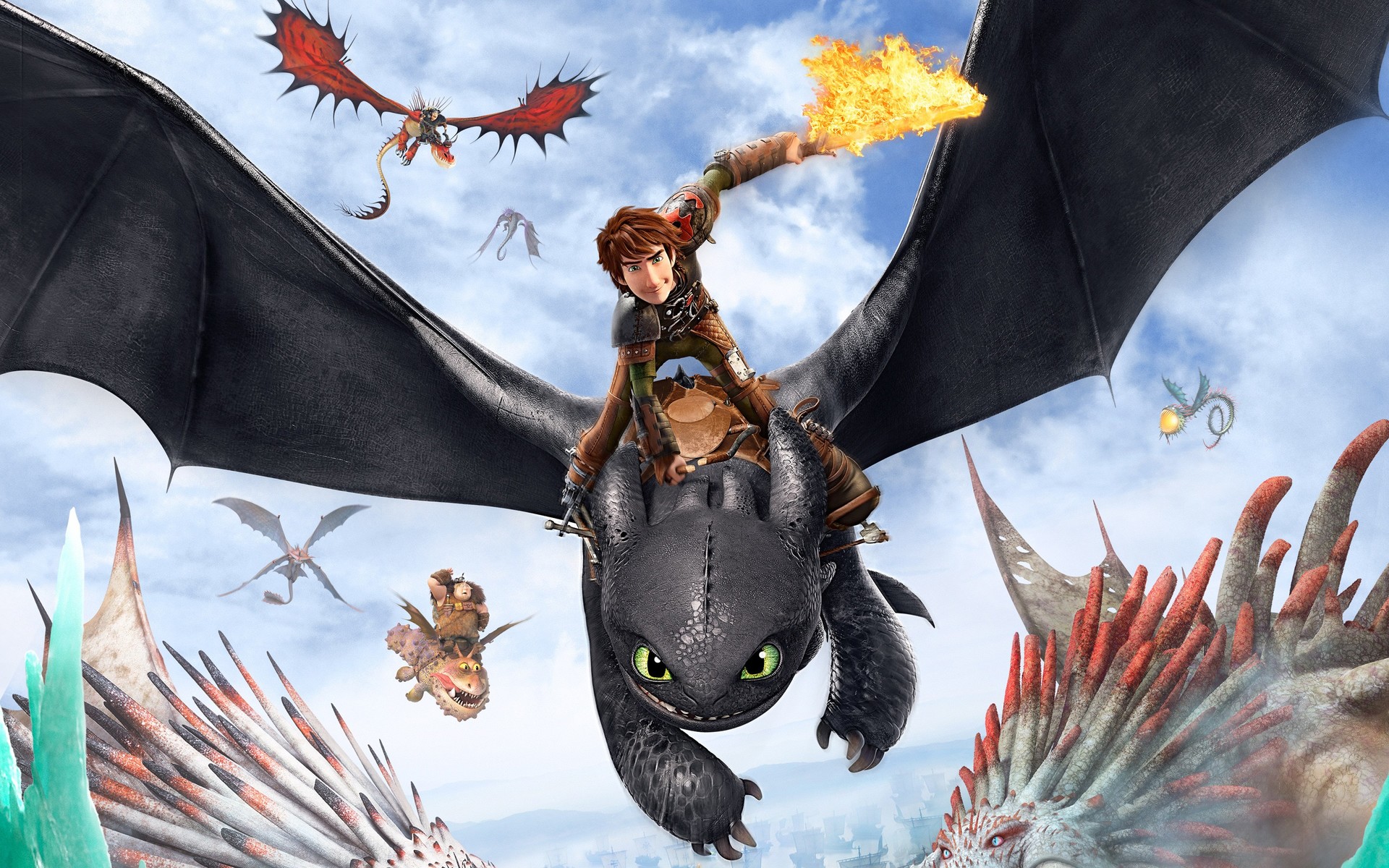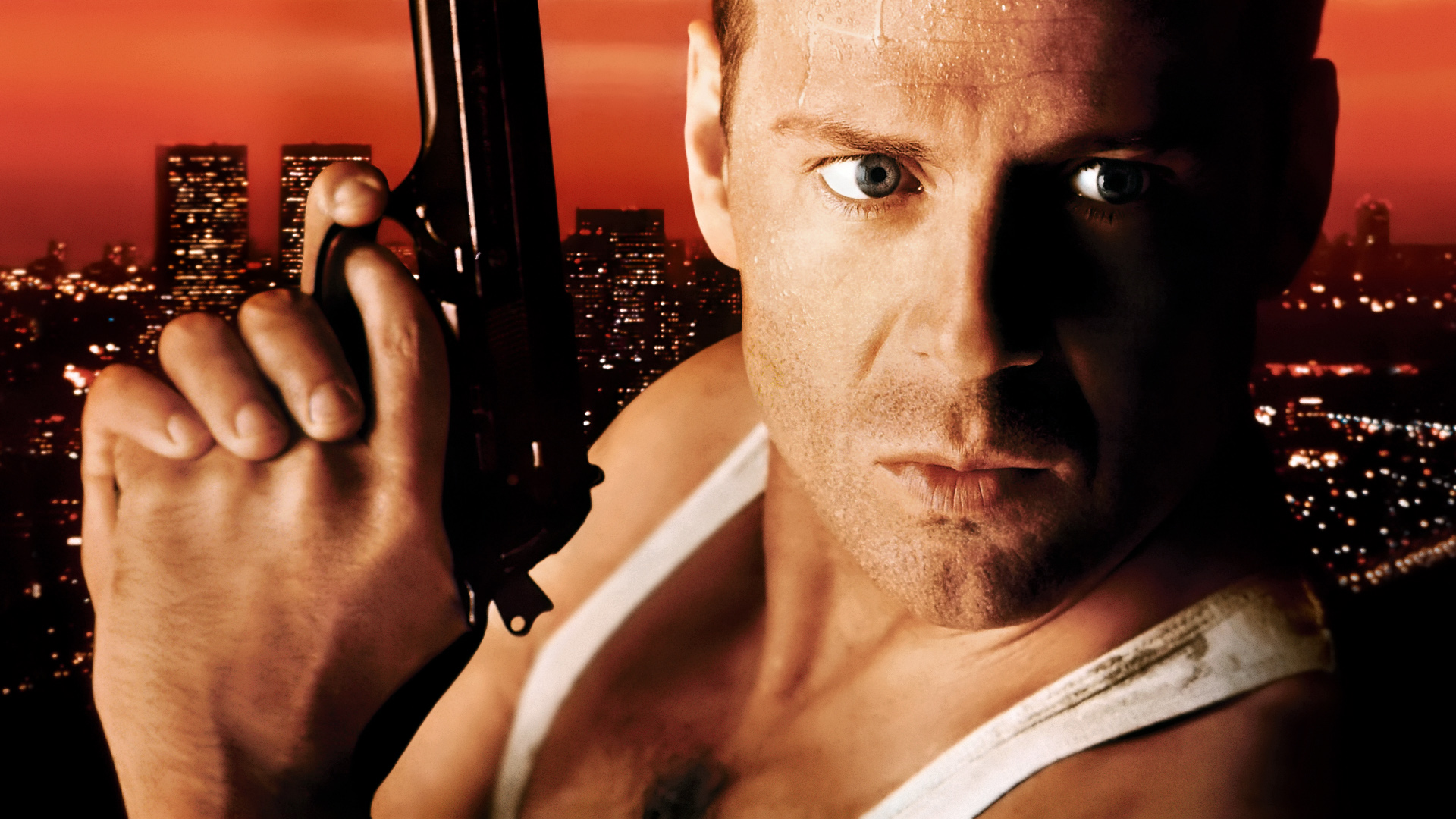Image courtesy of moviemania.io
Hello, everyone. I realize this may be very last-minute, but I wanted to get both this and the Die Hard review out before the end of the year so they would still count as Anniversary posts.
With that out of the way, on to the review.
Like how Die Hard celebrated its 30th Anniversary this year, this one celebrated its 20th Anniversary. This is also a particularly special movie: It showed that superhero movies could actually be serious and still work, specifically ones centered around Marvel characters. It did what franchises like the Marvel Cinematic Universe would occasionally do (like with Guardians of the Galaxy and Ant-Man) and make lesser-known characters popular. It was the first Marvel movie to feature an African-American protagonist*. Basically, without this movie, you wouldn’t have X-Men, Spider-Man, and you especially wouldn’t have the MCU (meaning we wouldn’t have gotten Black Panther). It is this movie that paved the way for the superhero genre as we know it today.
20 years ago, superhero movie history was made… with Blade.
The story begins in 1967, where a pregnant woman named Vanessa Brooks is in childbirth when she is attacked by a vampire and later dies, although her baby, Eric, survives the ordeal.
It then picks up 30 years later, and Eric now goes by the name Blade, hunting the creatures that killed his mother, despite being half-vampire himself. Even with the thirst for blood, he’s well-known in the vampire community as “The Daywalker,” because he ended up gaining all of their strengths, but none of their weaknesses. He’s been using that to his advantage ever since, incorporating their weaknesses into weapons built by his friend Abraham Whistler.
When a group of younger vampires led by Deacon Frost intend to rule the world by summoning the vampire blood god known as La Magra, Blade will need more than just his weapons.
What Worked: The performances are (for the most part) really good. With this movie, Wesley Snipes becomes the first of many perfect castings for Marvel characters. He makes the character of Blade his own, bringing a sense of charisma to him. He also shows a sense of vulnerability at points, especially in two scenes in the second half of the movie, one of which is a twist. Without spoiling it, it gives you a definite reason to root for him, and you will be after that.
Kris Kristofferson is great as Whistler, and he and Wesley Snipes work off of each other really well. They have some genuine chemistry, and they feel like they’re old friends who have been on a mission for a long time. Whistler also gets a few great moments.
There is another character named Dr. Karen Jenson, played by N’Bushe Wright. She is a hematologist who gets caught in the crossfire (so to speak) following the opening action scene and taken in by Blade. Like I mentioned in the Die Hard review, this movie also has a smart female character. The main difference here is that she is actually able to help the heroes out because of her line of work: She’s a doctor who specializes in studying blood. She also gives a solid performance, and she even gets in on the action at one point, and it is pretty satisfying.
Now for the villain in this movie: Deacon Frost, played by Stephen Dorff. I mentioned that he leads a group of younger vampires, but for those wondering, this movie was still at a time when vampire movies were awesome because vampires could actually be taken seriously, so they still had some dignity. Therefore, no, Frost is not even remotely like the one that set vampires back to the Stone Age for five years. His group of vampires make for really good villains, and Frost himself is a great main antagonist. I did also like Donal Logue’s character Quinn, who’s basically Frost’s right-hand man (no pun intended, for those who have seen the movie). He’s the crazy one, but he’s the “fun and hyper” kind of crazy, and he does get a few funny lines.
There’s some interesting world-building here. As mentioned earlier, Blade uses weapons that incorporate vampire weaknesses, but the thing is that doesn’t apply to all of them. For example, this movie establishes that crosses and holy water are not effective, but wooden stakes, silver and sunlight are. He even uses garlic for good measure. He also states that they can only be killed if you hit the head or the heart.
In regards to the vampires themselves, they have slaves called “Familiars,” which are humans who side with them and in return gain wealth, protection, and the potential to be turned should they prove their worth. A small tattoo on their body of a vampire symbol (usually on their neck or wrist) is an indication to humans and a warning to rival vampires. However, they prefer to expand their influence more carefully in order to blend into society, a belief that ends up conflicting with those of Frost and his group.
The action is great**. It opens with a scene set in a vampire rave, and the moment Blade shows up, you know something’s about to go down. It’s one of the best entrances in superhero movies, and for good reason: He doesn’t just make an entrance, he makes an impact. The action just gets crazier from there, especially in the final fight between Blade and Frost.
The vast majority of the effects still hold up 20 years later. A lot of them are very practical, and they still look really good. There’s some CGI, but it’s mostly in the third act, which I will get to in a moment.
There’s a lot of memorable moments and quotable lines. Aside from the action scenes, some of the highlights come with the kills in this movie. There are also some scares on occasion, because while this movie may be centered around a Marvel superhero, it’s centered around one of their more supernatural-themed ones. For a movie like this, though, it does make sense for the darkness of the tone.
The soundtrack is also really good, especially the track in the opening. The songs in the credits are pretty solid, too. However, it’s just the beginning in terms of this series having awesome music. The best is yet to come.
What Didn’t Work: There are some predictable moments here and there. For those who have seen a lot of superhero movies and/or action movies in general, chances are you’ve seen those types of moments before.
Although I did say the performances are really good, the reason why I say for the most part is because there is one that stands out… and not in a good way. The character of Mercury, Deacon Frost’s lover, is played by Spanish model-turned-actress Arly Jover in her American debut. This is one of those times where it’s their first movie, but it shows in their acting.
The biggest issue here, though, is some of the effects you can tell are dated. Those are great for the time, but watching them now, they do not hold up at all. However, those are mainly in the third act.
Overall: Blade is significant for the superhero genre. It was the first time Marvel had a successful movie, and ironically, it was the one based on a lesser-known character that actually worked. It does the character of Blade justice, and it shows both that writer David S. Goyer (who would go on to write The Dark Knight Trilogy) knows the character and that Wesley Snipes himself embodies him. If it weren’t for this movie, and had it failed, we wouldn’t have had so many more iconic characters, both good and evil, brought to life. We wouldn’t have had the big superhero movie boom that we have today. This laid the groundwork for it, and it didn’t take long for Marvel to improve upon it, let alone for DC and other comic book companies to take notice. You can also thank this movie for showing that R-rated superhero movies can work, because that superhero movie boom also led to us getting Deadpool and especially Logan. In the grand scheme of things, though, Blade I think is actually a pretty underrated superhero movie.
Aside from being an essential superhero movie to watch for those who want to get into them (and to an extent, a good choice to show that there was a time when vampire movies could actually be good), Blade is a fun action movie, too. For those who aren’t fans of them, yes, there are some corny lines and cartoonish sound effects in here, but those didn’t just make 80s and 90s action movies so much fun to watch… they defined them.
Now, as a movie in and of itself, Blade is not perfect. It has effects that don’t completely hold up well, not the best acting or dialogue at times, etc. However, it seems like they were aware of that, and just wanted to make an entertaining movie for fans and audiences alike, and on that level, it works. It has an interesting world and rules established within it, a lead protagonist that’s perfectly cast and that you can get behind, a good choice of antagonist to go up against him, a strong female character, great action, very good music, and a story that works in establishing Blade himself as a character. On top of that, it’s paced really well: It’s 2 hours, but it goes by pretty quickly.
While not one of my absolute favorites, Blade is still something I suggest that anyone starting to get into superheroes and want to start getting into the movies should have among the first ones to watch.
For those accustomed to hearing whether these movies have them or not, this is one of the few Marvel movies to not have a Stan Lee cameo. He did have one, but it was cut. There is also no mid-credits scene nor post-credits scene, because it wasn’t really a thing yet to have either or both of them.
R.I.P. Stan Lee
(1922-2018)
Everyone, I hope you enjoyed these reviews, and plenty more (mostly catch-ups I didn’t get to do as planned) are near.
I hope you all had a Merry Christmas, and I’ll see you shortly next year!
*Prior to this, when superhero movies hadn’t quite been perfected yet, we got not one, but two African-American superhero movies in the same year, neither of which focused on Marvel characters: Steel, starring Shaquille O’Neal (no, I am not making that up; it’s basically DC trying to do their version of Iron Man) and Spawn, the latter of which is getting a reboot. It’s also the year that brought us Batman & Robin, but we’re getting ahead of ourselves… for now.
**Speaking of action, here’s an interesting fact for you: One of the members of the stunt crew is David Leitch, who would go on to collaborate with Keanu Reeves on The Matrix and John Wick, and most recently directed Atomic Blonde and Deadpool 2.



















